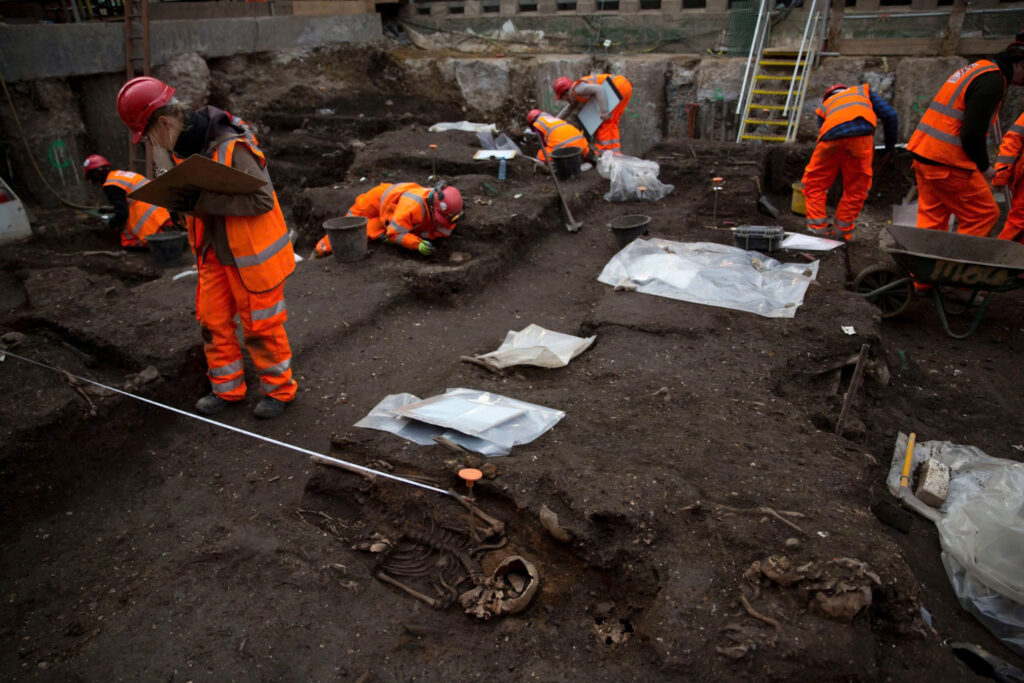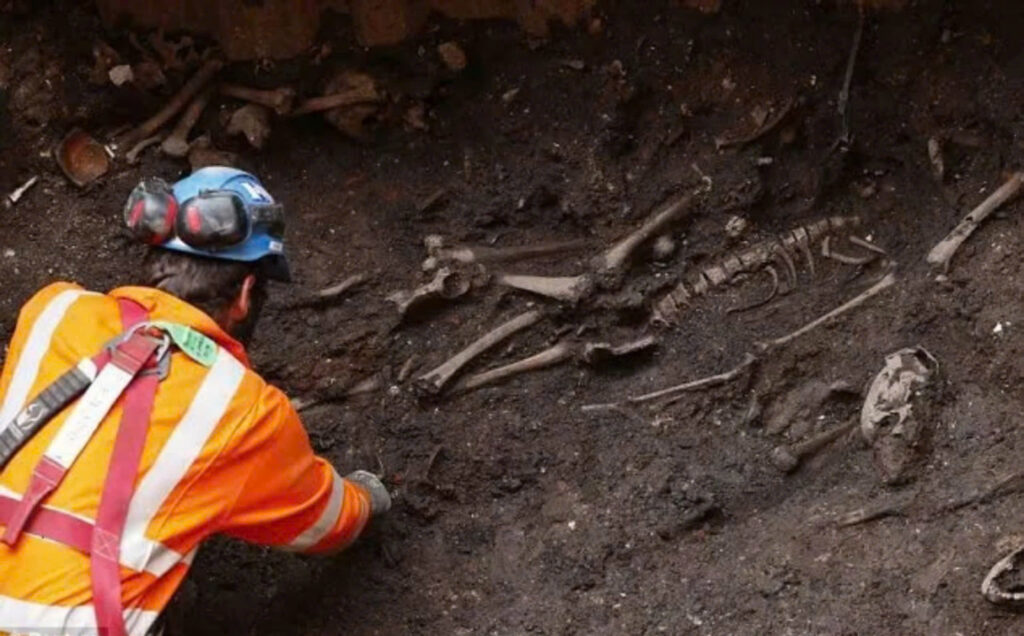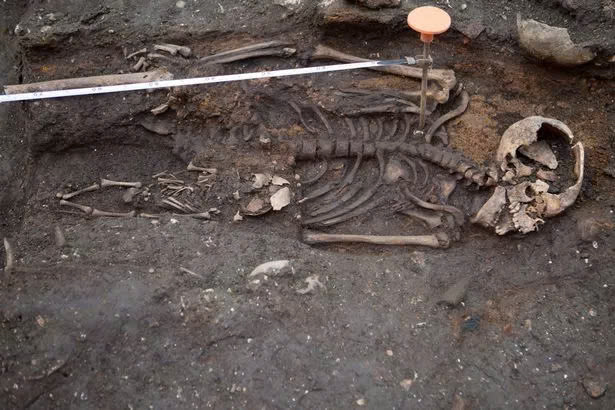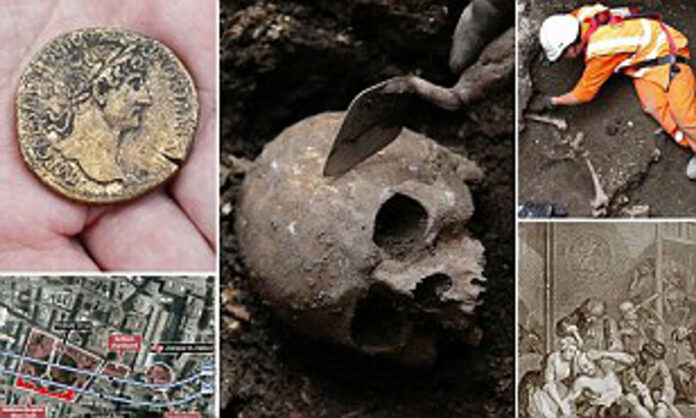A Chilling Find Beneath the City Streets

In the heart of bustling Central London, a remarkable discovery has been made that offers a haunting glimpse into the city’s past. As workers toiled on the ambitious Crossrail project, their excavations revealed something unexpected: the long-lost burial ground of the infamous Bethlem Royal Hospital, better known as “Bedlam.”
The Bedlam Beneath Our Feet

Beneath the commuters rushing through Liverpool Street Station lies a grim reminder of London’s history. Up to 20,000 skeletons, silent witnesses to a bygone era, have been unearthed from this 500-year-old graveyard. These remains tell the stories of London’s poor, religious outsiders, and the unfortunate souls who found themselves inmates of Europe’s first psychiatric institution.
From Priory to Notorious Asylum
The Evolution of Bedlam

Bethlem Royal Hospital’s journey from a 13th-century priory to a symbol of madness is a dark tale indeed. Founded in 1247, it transformed over centuries into a place where those with mental illnesses, epilepsy, and other conditions endured harsh treatments and public ridicule.
A Window into 16th Century Life

The excavation, led by archaeologist Nick Elsden, has yielded approximately 4,000 skeletons so far. These remains offer invaluable insights into the health and living conditions of 16th-century Londoners, with evidence of diseases like rickets painting a stark picture of life in that era.
Treasures Amidst the Bones
A Time Capsule of London’s History

The dig has uncovered more than just human remains. From prehistoric mammoth bones to medieval ice skates, and from Roman roads to Venetian coins, the site is a veritable treasure trove of historical artifacts spanning tens of thousands of years.

Unveiling the Untold Stories

This unprecedented archaeological find is shedding light on the lives of everyday people often overlooked by history. As the Crossrail project continues, who knows what other secrets will be unearthed from London’s rich and complex past?
The discovery of Bedlam’s burial ground serves as a poignant reminder of the layers of history that lie beneath our feet, waiting to be discovered and to tell their tales.

